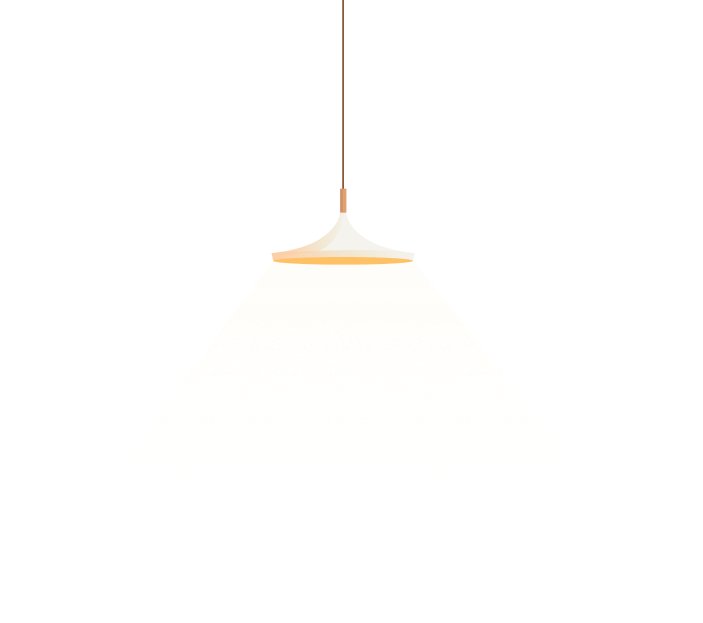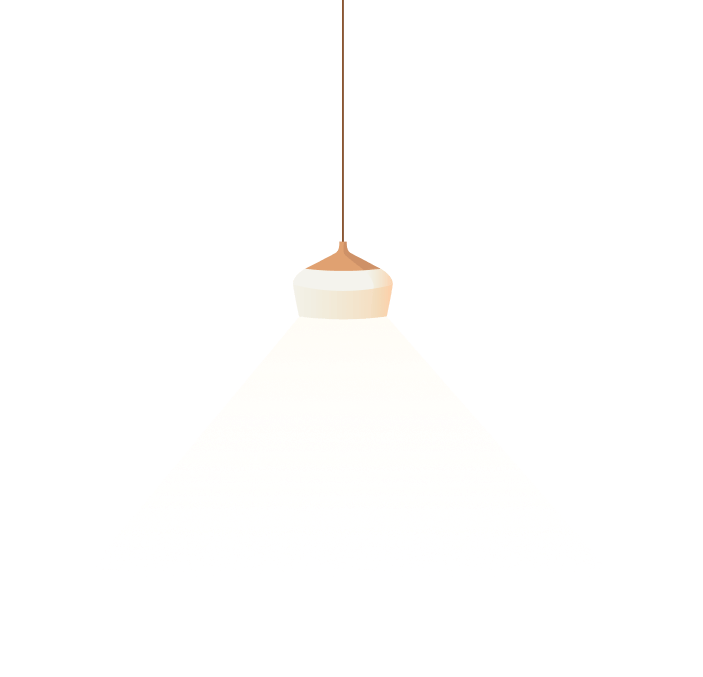Title: Master Your Home Renovation with a Home Improvement Budget Template
When planning a home improvement project, creating and sticking to a budget is essential for ensuring financial success. Whether you’re remodeling a single room or undertaking a full-scale renovation, a well-organized home improvement budget template can be your roadmap to staying on track. This guide will walk you through the importance of using a home improvement budget template, how it can benefit you, and the key steps to effectively utilize it for your renovation projects.
What is a Home Improvement Budget Template?
A home improvement budget template is a financial tool designed to help homeowners estimate, track, and manage the costs of renovation projects. It is essentially a structured document (usually in Excel, Google Sheets, or similar) that allows you to input costs related to materials, labor, permits, and unexpected expenses.
By using a budget template, you can anticipate the overall cost, adjust for fluctuations, and prevent overspending. For any home improvement project—be it small updates or a significant remodel—having a template provides clarity and helps you plan more effectively.
Why is a Home Improvement Budget Template Important?
- Prevents Overspending: Having a template helps you see the full financial picture, ensuring you stay within your budget and avoid surprise expenses.
- Keeps You Organized: With different aspects of a home improvement project (like electrical, plumbing, carpentry, etc.), a template keeps all expenses organized in one place, making it easier to track.
- Prioritization: A good budget template allows you to prioritize tasks. If unexpected costs arise, you can adjust or delay certain parts of the project to stay within your financial limits.
- Helps With Vendor Management: You can input costs for different contractors or vendors, ensuring you don’t exceed your financial limits. Additionally, it provides a clear record for comparing quotes and final costs.
- Avoids Hidden Costs: Hidden costs like project delays, unplanned repairs, or additional materials can quickly blow up your home improvement budget. A comprehensive template ensures you account for such potential issues.
Key Elements of a Home Improvement Budget Template
To get the most out of your home improvement budget template, ensure it includes these essential categories:
- Materials: Detailed costs of all materials required for the project (e.g., lumber, paint, tiles, etc.).
- Labor Costs: Contractors or skilled labor rates, whether you’re doing the work yourself or hiring professionals.
- Permits and Fees: If your project requires city permits or inspection fees, include these.
- Contingency Fund: It’s wise to allocate about 10-20% of your budget for unexpected costs that may arise during the renovation.
- Timeframe: Define a timeline for completion, which will help you determine how labor and material costs could fluctuate over time.
- Post-project Costs: Sometimes home improvements lead to additional expenses, like furniture, landscaping, or cleaning. Include these as well.
Steps to Create a Home Improvement Budget Template
- Set Clear Goals: Before diving into the budget, define what you want to achieve. Is it a new kitchen, bathroom upgrade, or a full home renovation? Knowing your objectives helps shape the scope and costs.
- Create Categories: Break down your project into specific categories such as materials, labor, permits, and contingencies. Each of these categories should have its own section in the budget.
- Estimate Costs: For each category, research estimated costs for materials, labor rates, permits, and other expenses. Use online resources, quotes from contractors, and local price guides to get accurate numbers.
- Track Progress: As your project moves forward, update the template to track how actual costs compare to your estimates. This will give you a clear view of your spending and help you adjust as necessary.
- Stay Flexible: Home improvement projects can often bring surprises, such as hidden issues. Make sure your template has a section for adjustments and contingencies, so you can manage these challenges without blowing your budget.
Tips for Using Your Home Improvement Budget Template
- Be realistic: Budgeting is about planning for what’s necessary—not just what you want. Overestimating can lead to disappointment, while underestimating can lead to costly mistakes.
- Include all costs: Even small costs like nails, screws, or paint can add up quickly. Be thorough in your budgeting.
- Regular updates: A project doesn’t stay static. Update your home improvement budget template regularly to reflect real-time changes in prices, labor availability, and unexpected costs.
Home Improvement Budget Template: FAQs
1. What is the best home improvement budget template?
The best home improvement budget template depends on the scope of your project. Simple Excel sheets work well for smaller projects, while more complex renovations might require software like HomeAdvisor or specialized tools. Choose one that suits your project’s size and complexity, ensuring it includes all necessary categories like materials, labor, permits, and contingency costs.
2. Can I create a home improvement budget template for free?
Yes, many free resources are available online, including downloadable Excel templates and free budget tools like Google Sheets. Many of these templates can be customized to suit your unique project needs. You can also build your own simple budget using a spreadsheet program for free.
3. Should I include a contingency in my home improvement budget template?
Yes! A contingency is crucial for managing unexpected costs. Experts recommend setting aside 10-20% of your budget for unplanned issues like structural problems, delays, or changes in prices. This helps you stay within budget even when surprises arise.
4. How can a home improvement budget template help with project management?
A home improvement budget template is an excellent project management tool. It not only helps you track your financials but also enables you to identify where costs are highest, assess the feasibility of different project phases, and adjust your strategy if necessary. By keeping a close eye on your spending and progress, you ensure that your renovation stays on time and within budget.
5. Can I adjust my budget template during the project?
Absolutely! A good home improvement budget template is flexible. As you go through the project, there may be price changes or unanticipated costs that require you to adjust the budget. Keep your template updated to reflect these changes and stay on top of your finances.
Conclusion
Creating a home improvement budget template is a powerful step towards ensuring the success of your renovation project. By staying organized, tracking expenses, and setting realistic goals, you can transform your living space without breaking the bank. With a well-planned budget template, you’ll be ready to handle unexpected challenges and make the most of your home improvement efforts.
Be sure to customize your template according to your project’s needs, and remember to always update it regularly as work progresses. With these strategies, you’ll be well on your way to a beautiful and cost-effective renovation.





